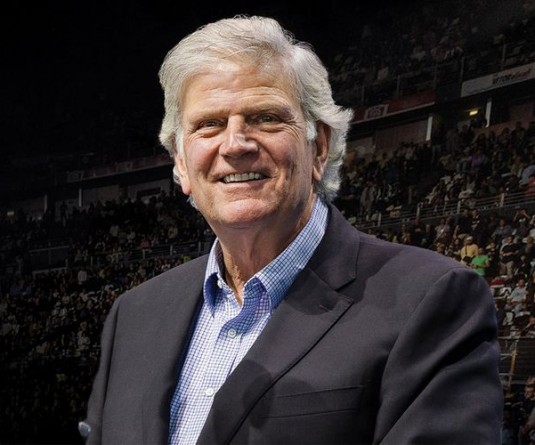
TR Zeliang in Myanmar: Proposed India-Myanmar-Thailand Trilateral Highway could be one of the most significant steps for connectivity in the Southeast Asian region in the 21st Century
DIMAPUR, NOVEMBER 27 (MExN): Nagaland Chief Minister TR Zeliang on Sunday stressed on the importance of the proposed India-Myanmar-Thailand Trilateral Highway. He said it could be one of the most significant steps for connectivity in the Southeast Asian region in the 21st Century since the road will not only connect land-locked region of North East India with Myanmar and Thailand, but will be a part of the greater scheme of connectivity of the BBIN (Bangladesh – Bhutan – India – Nepal) with South East Asia.
“The enormous economic activity that will be generated by this highway can only be imagined now,” Zeliang said, a press statement issued by media cell, CMO stated. He called upon the leaders of the neighboring countries in the region to take it upon themselves as their “collective responsibility to ensure that this initiative is carried forward in real earnest, so that it becomes a reality during our life-time.”
Addressing the International Business Seminar in Yangon, Myanmar as part of India-Myanmar-Thailand Motor Rally in the presence of Phyo Min Thein, Chief Minister, Yangon Region, Government of Myanmar, Sanjay Mitra, Secretary, Ministry of Road Transport & Highways, Government of India, H.E. Vikram Misri, Ambassador of India to Myanmar, and a host of officials from India and the host country, Zeliang said this highway will facilitate global trade and commerce passing through one of the most underdeveloped regions of the world.
Ethnic diversities can be either opportunities or problems
Pointing out that the difficult mountainous terrain of North East India and the North West Myanmar has its own challenges, as well as promises, Zeliang said opening up this land-locked region will “unleash a new process of economic development, not only in this region, but in other parts of Asia as well.”
On the ethnic diversity of the region, Zeliang pointed out that there are as many Nagas living in Myanmar as in India, and this fact is recognized by both the countries.
“Ethnic diversities can be either opportunities or problems, depending on how you handle them. On the negative side, this can be a source of unrest and turmoil. Many of the ethnic groups, both in India and Myanmar, have been pursuing their self-determination for the last many years. Nagaland itself has been weighed down by the Naga political problem for the last seven decades. However, on the other hand, if we can channelize the energies of all these ethnic groups to positive use, by creating a sense of ownership, participation and mutual co-existence, the outcomes will be tremendous. I believe that this can be achieved, if the concerned Governments handle the various ethnic groups, and take care of their concerns and sensibilities, along with their socio-economic development needs,” Zeliang said.
He also said that the Government of India and the various Naga political groups have also embarked on a ‘Peace Process’ to settle the outstanding political issues through a democratic process of negotiation and dialogue and that India is watching with great expectations the movement for Democracy gaining ground in Myanmar.
Pointing out that the hard earned democracy can be very tenuous and fragile, unless it is accompanied with appropriate socio-economic development, Zeliang stressed that this should be at the core of thinking, while making plans for better road connectivity between India- Myanmar- Thailand and other South East Asian countries.
“Let us understand that the cultural and historical linkages of the region are our assets and strengths for building bilateral relations, and for development of trade and investment etc. We in Nagaland look to the presence of a large number of Nagas living in Myanmar as our basic advantage for participating in India’s Act East Policy, and for building cultural and economic relationships with South-East Asian nations,” he said.






